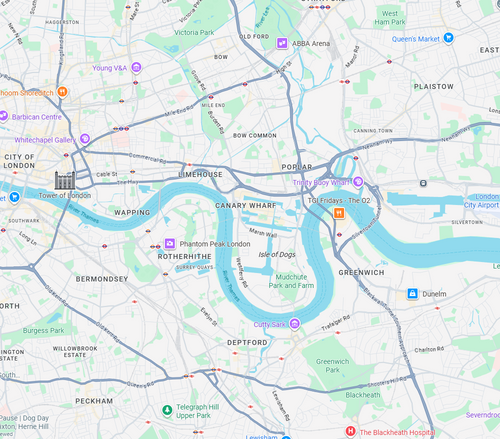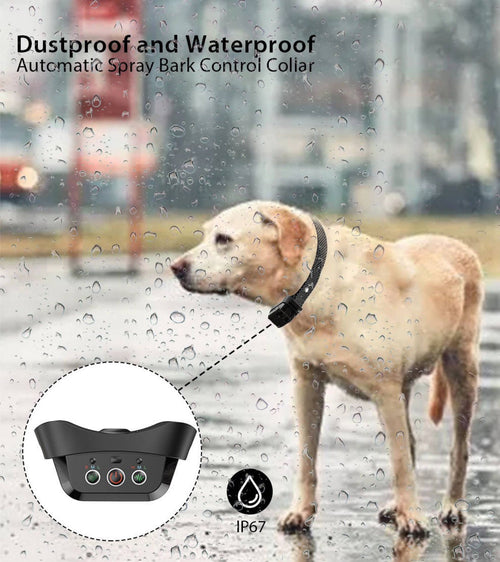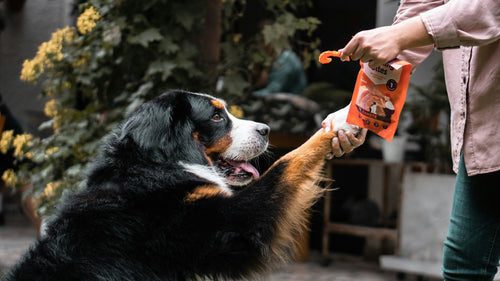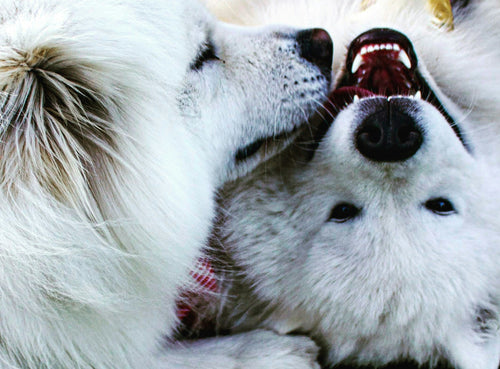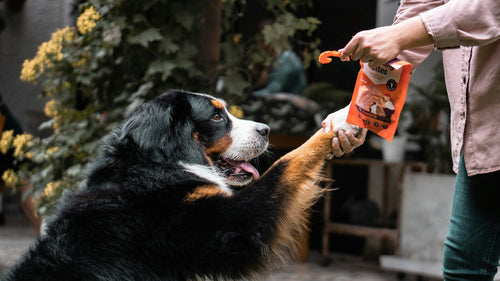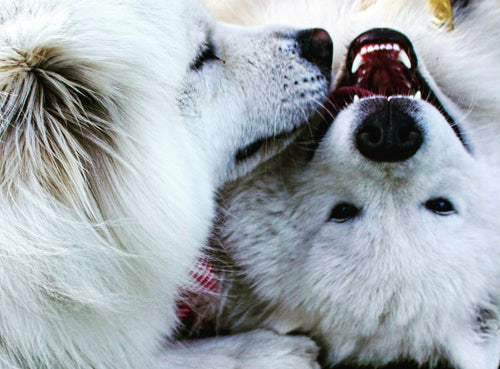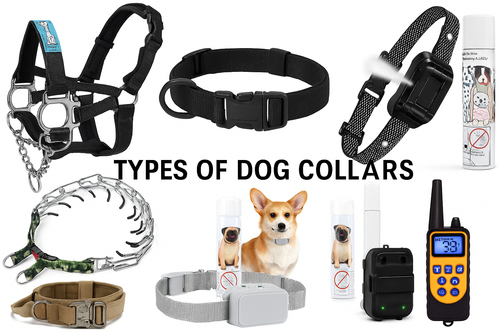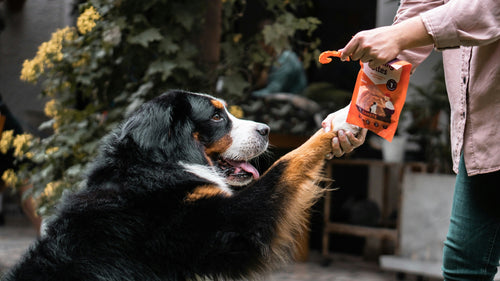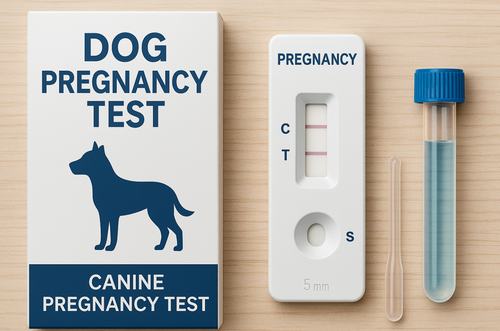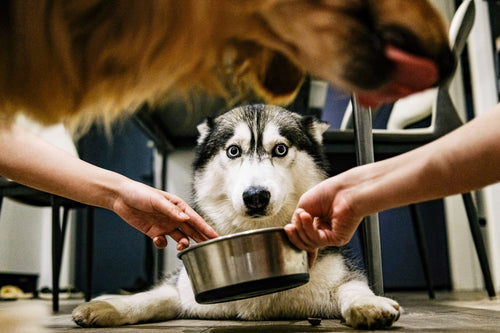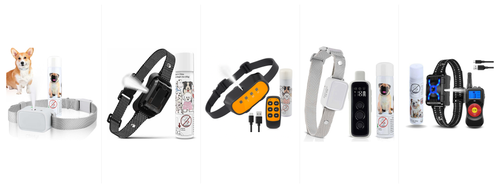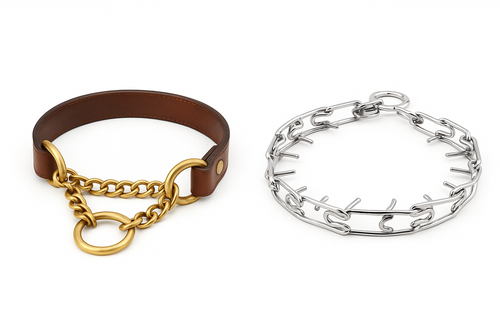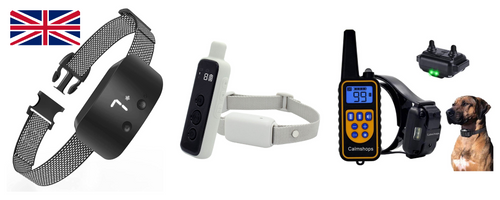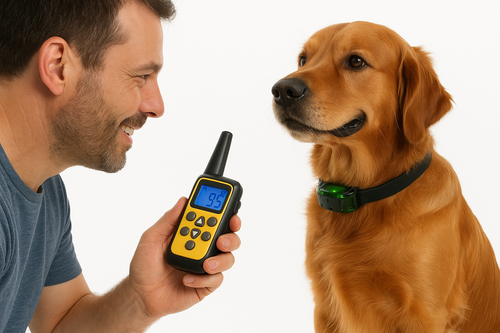Emergency Vet Helpline & 24/7 UK Clinics
Dogs, unable to verbalise discomfort, often exhibit subtle—or dramatic—signs when in pain. Recognising “signs a dog is in pain” early can make all the difference in prompt treatment and better outcomes. Find our list of top vets in London here.
🐶 1. Common Behavioural Signs a Dog Is in Pain

Identifying behavioural signs a dog is in pain can be tricky, but there are key changes that often indicate discomfort. Always pay attention to subtle shifts in your dog’s usual behaviour.
-
Loss of Appetite or Refusing Treats
One of the first dog pain symptoms is a sudden loss of interest in food. If your dog usually eats enthusiastically but suddenly refuses meals or treats, it could be a sign of internal discomfort, nausea, or dental issues. -
Clinginess or Withdrawal
Some dogs become excessively needy when in pain, constantly seeking reassurance. Others may hide in unusual places, avoid interaction, or sleep more than usual. -
Limping, Stiffness or Slow Movement
Pain often affects mobility. Look out for limping, stiffness, a hunched posture, or reluctance to get up, lie down, climb stairs, or jump onto furniture. -
Excessive Vocalisation
Dogs in pain may whine, yelp, growl, or bark excessively—especially when touched or moved. This is one of the more vocal signs a dog is in pain and should not be ignored. -
Increased Irritability or Aggression
Even the gentlest dogs may growl, snap, or act out when hurting. A normally calm dog that suddenly becomes aggressive could be trying to protect a painful area. -
Decreased Energy or Lethargy
A major warning sign your dog is in pain is reduced playfulness or enthusiasm for walks. If your pet seems depressed or disinterested in things they usually enjoy, pain could be the cause. -
Restlessness or Inability to Settle
Pacing, shifting positions constantly, or refusing to lie down comfortably can indicate discomfort, especially with abdominal pain or joint problems.
🩺 2. Physical & Clinical Signs of Dog Pain

In addition to behavioural cues, physical signs a dog is in pain are important to monitor. These can offer a clearer picture of where the issue might lie.
-
Panting or Rapid Breathing (Not Heat-Related)
Dogs often pant when in pain, even when resting. Shallow, fast breathing can also indicate chest or abdominal discomfort. -
Excessive Licking, Biting, or Chewing
Constant attention to a specific spot—especially a paw, leg, or joint—may signal injury, inflammation, or infection. It’s also common in post-operative discomfort. -
Shaking or Trembling
Not just a sign of cold—trembling in dogs can be due to pain, anxiety, or poisoning. Look for this symptom if other issues are also present. -
Swelling, Heat, or Tenderness in Limbs or Joints
Arthritis, sprains, or injuries often cause inflammation. If you feel unusual heat or see puffiness, it's a strong indicator of pain. -
Open Wounds, Bleeding, or Discharge
External injuries are clear dog pain symptoms. Wounds may also lead to secondary infections, causing more internal pain than is visible. -
Changes in Bathroom Habits
Straining, constipation, or accidents indoors could point to pain in the gastrointestinal or urinary systems—especially in previously house-trained pets. -
Neglected Grooming or Dirty Appearance
Dogs in pain may not groom themselves properly. You may notice dull, greasy fur, matting, or a foul odour, especially if licking a sore area excessively. -
Visible Changes in Eyes or Face
Squinting, eye redness, or drooping can signal facial or dental pain. Dogs may also hold their ears back or look generally distressed.
🚨 3. Red-Flag Symptoms That Require Immediate Help
When the pain is critical or life-threatening, quick action is essential. These emergency signs a dog is in pain require immediate veterinary attention.
-
Collapse or Inability to Stand
This is a serious indicator, often related to internal bleeding, poisoning, heatstroke, or neurological trauma. -
Seizures or Convulsions
Seizures can be caused by brain injuries, toxins, or severe infections. A dog that experiences a seizure needs urgent evaluation. -
Severe Breathing Difficulties or Choking
Laboured breathing, blue gums, or wheezing may indicate blocked airways, heart failure, or allergic reactions. -
Vomiting Blood or Passing Black Stools
These signs point to internal bleeding, which can be fatal if not addressed quickly. Bloody urine is also a red flag. -
Major Trauma (e.g., Hit by Car)
Even if your dog seems “fine,” internal injuries can take time to show. Immediate vet assessment is vital after any accident. -
Bloat (Gastric Dilatation-Volvulus)
If your dog has a swollen belly, is drooling excessively, or trying to vomit without success, they could be suffering from bloat—a fatal emergency that requires surgery. -
Extreme Restlessness or Crying in Pain
Prolonged, high-pitched crying, inability to get comfortable, or frantic pacing often signals intense distress. Don’t wait—get help.
Try our Automatic Ball Thrower For Dogs to keep your dog fit.
📞 Emergency Numbers & 24/7 UK Vet Services

✅ NHS Emergency Line – 999 / 112
If your dog’s condition is life‑threatening—e.g. poisoning, collapse, choking—call 999 (or 112). While primarily human-focused, ambulance services can often coordinate transport or redirect to emergency vet facilities.
✅ 24/7 Veterinary Helplines & Telemedicine
Services like Airvet, Pawp, TeleVet, and AskVet offer instant virtual vet care, triage, and emergency guidance. Features include video/live chat, photo evaluation, and some provide emergency funds up to £3,000. Ideal for non-critical but concerning symptoms.
✅ 24‑Hour Out‑of‑Hours UK Clinics
These UK-wide emergency providers operate around the clock:
| Clinic | Services & Area | Contact |
|---|---|---|
| Vet Emergency London | 24/7 home visits across Greater London, out-of-hours service, triage call centre | 033 0027 0670 |
| RVC Beaumont & QMHA | 24/7 at Queen Mother Hospital (Potters Bar); out-of-hours via Vet24 in central London | 01707 666399 (QMHA), 0870 873 4576 (Vet24) |
| Streatham Hill Veterinary Surgery | 24‑hour hospital serving South/South‑West/South‑East London | 020 8674 3525 |
| Central London (Belgravia) | Elizabeth St Clinic, central London out‑of‑hours | 020 7730 9102 |
| Goddard Vet Group | 3 London hospitals: Northolt, Wimbledon, Wanstead; 24/365 | 020 8845 5677, 020 8946 4228, 020 8989 7744 |
| Pawvet Clinic | Emergency hotline 24/7 | 020 8194 3335 |
| Veteris (mobile) | 24/7 mobile triage & house-call emergency vets in Greater London | call via site, nurse triage |
| Molesey / North Surrey Veterinary Emergencies | 24/7 emergency calls (after-hours) | 020 8797 1384 (in hours), 020 8783 2850 (after hours) |
4. Quick Steps for UK Owners
-
Assess Severity: If any red-flag signs, call 999/112.
-
Call your vet: Many have out-of-hours arrangements.
-
Call an emergency clinic (see above) for advice or appointment.
-
Consider telemedicine: via Airvet, Pawp or others for guidance.
-
Transport your dog safely—use muzzle/towel if anxious or in pain.
🩹 First-Aid Tips for Dog Owners
-
Keep a pet first-aid kit (gauze, tweezers, antiseptic, pet CPR guide).
-
Learn basic CPR, choke-lift, wound care, and heatstroke response
-
Have a plan: vet contacts, transport options, insurance details.
-
Update kit regularly, especially when on trips.
🔚 Conclusion
Being a proactive pet owner means knowing how to spot pain in your dog and having immediate access to support. Whether via telemedicine, your vet, or a 24/7 emergency clinic, you're prepared. Combine that with a pet first aid kit and clear action steps—and you’re ready for almost any situation.









